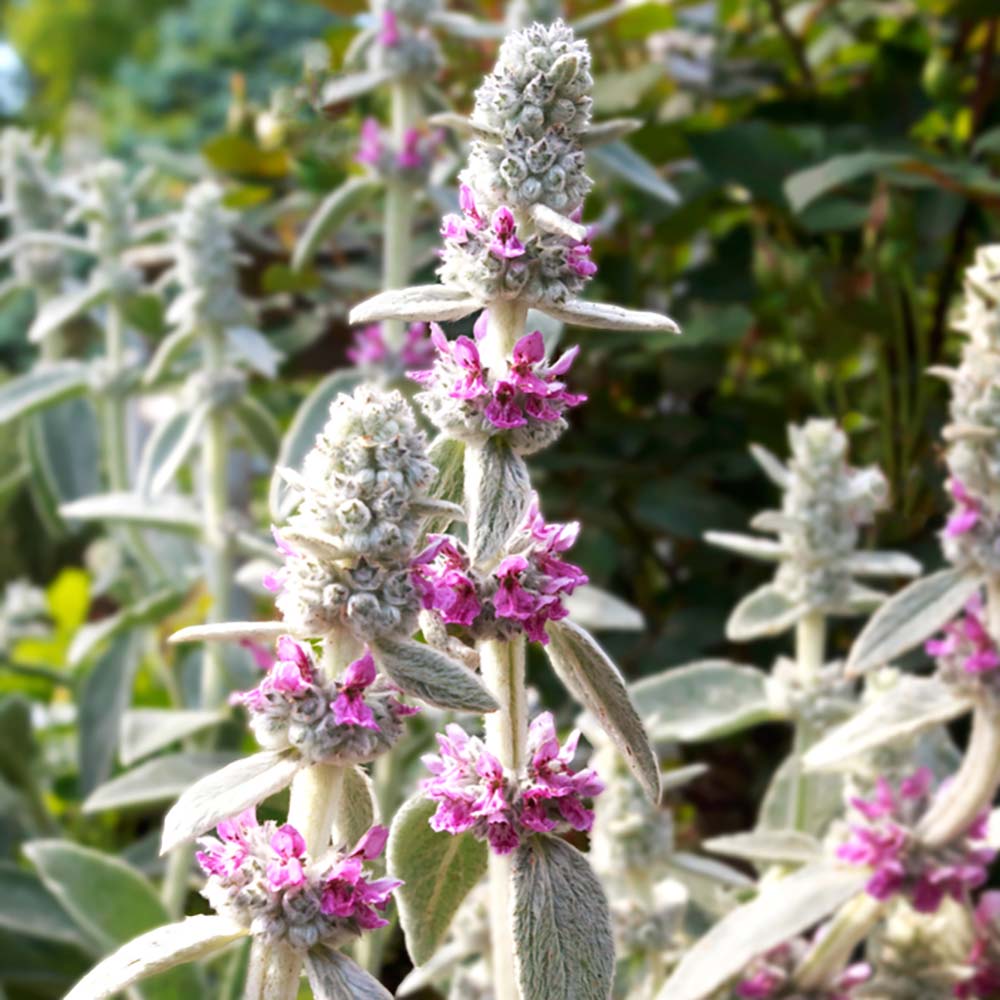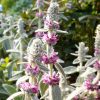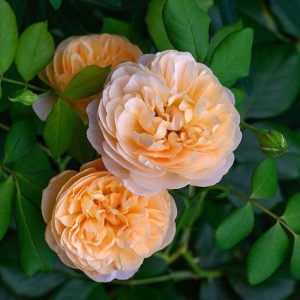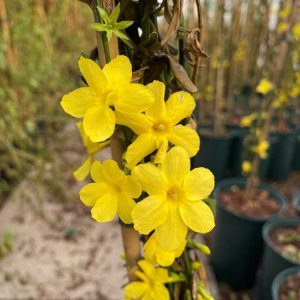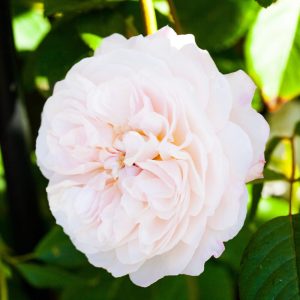Description
Stachys lanata, previously known as Stachys byzantina, also known as Woolly Hedge-nettle, is a species of perennial flowering plant in the Lamiaceae family, native to the Mediterranean region. It is known for its deep purple, woolly foliage and small, pink to purple, tubular flowers that bloom in late summer and fall. The plant typically reaches a height of 30-45 cm and width of up to 1m at maturity. It prefers well-drained soils and full sun to partial shade. It is hardy and can tolerate cold temperatures This plant is a popular choice for adding color and texture in the garden and it’s also great for use in borders, rock gardens and as a ground cover. It’s also good for attracting pollinators and butterflies.
Key Facts
- Common Name(s):Lamb’s Ear
- Hardiness:Fully hardy
- How big will I get? Stachys byzantina can grow to a height of 0.5m and a spread of 1m.
- Did You Know That:The plant can self-seed and spread aggressively? BE sure to deadhead regularly if you want to avoid this!
Plant Calendar
A rough guide to how this plant will change through the year.
| Jan | Feb | Mar | Apr | May | June | July | Aug | Sept | Oct | Nov | Dec | |
| Flowering Time |  |
 |
 |
|||||||||
| Foliage Colour |   |
  |
  |
  |
  |
  |
  |
  |
  |
  |
  |
  |
| J | F | M | A | M | J | J | A | S | O | N | D |
 |
 |
 |
|||||||||
  |
  |
  |
  |
  |
  |
  |
  |
  |
  |
  |
  |
Care Guide

Soil Requirements
Stachys byzantina prefers soil with good drainage and does not tolerate standing water. This plant can grow in soil with a wide range of pH levels, it is not picky about the pH level of the soil.

Best Position
Stachys byzantina prefers an exposed position and requires full sun to thrive, this consists of more than six hours of direct sunshine per day.

Maintenance
Stachys byzantina should be deadheaded regularly to promote new flowers coming through. This will prolong the flowering period of the plant as it saves the energy that the plant would have put into producing seeds and allows it to produce more flowers!

Pest, Diseases and Wildlife
Stachys byzantina can have problems with slugs and caterpillars, it can be vulnerable to certain diseases such as powdery mildews. It is not considered to be toxic.
